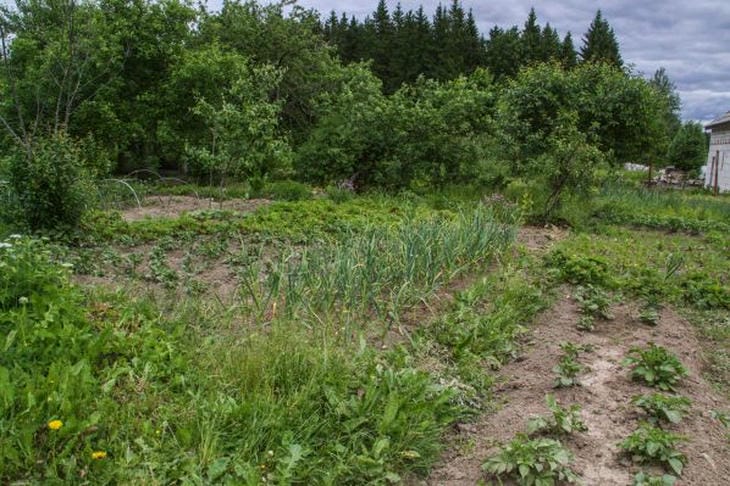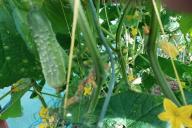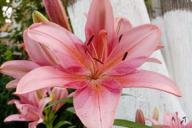Clay has a high density and contains significant amounts of minerals, making it a good option for growing plants.
However, using clayey areas in the garden has both pros and cons.
Benefits of Using Clay in the Garden
Water retention: Clay can hold large amounts of water, allowing plants to get the moisture they need even in dry weather. This is especially useful in arid regions where water is a limited resource.

Soil nutrition: contains many minerals and various nutrients necessary for healthy plant growth. This allows for increased yield and crop quality.
Soil erosion protection: It has a high density, which allows it to hold the soil in place and prevent it from washing away.
Cons
Limited drainage capacity: Due to its high density, clay does not allow water and air to pass through very well, which can lead to stagnation and rotting of plant roots.
Can be especially problematic in shaded or poorly ventilated areas.
Difficulty of soil cultivation: Due to its high density and viscosity, clay is difficult to cultivate, especially in spring and autumn when the soil is still wet. This can make planting and care difficult and increase the risk of root damage.
Microbial Deficiency: Clay has fewer microbial species needed for healthy plant growth than other soil types. This can lead to nutrient deficiencies and reduced crop yields.
So, clay can be useful for the gardener, but its use also has its drawbacks.
If you have a clay site, you can do the following to maximize its benefits and minimize its drawbacks:
1. Improve drainage: To improve drainage in clay soil, add perlite or sand. This will help reduce soil compaction and improve drainage.
2. Improve the soil structure: Adding organic matter such as compost or humus will help improve the structure of the soil and enrich it with nutrients. It can also promote the development of microorganisms and improve crop yields.
3. Work clay in warm weather: To make clay soil easier to work, work it in warm weather when it is dry and lighter.
4. Choose the right plants: Some plants grow better in clay soil, while others may have problems with their root system. Choose plants that are adapted to clay soil to get the most benefit from your site.
Using clay in your garden has both advantages and disadvantages. However, with proper care and soil preparation, you can get a healthy and fertile harvest from a clay plot.








